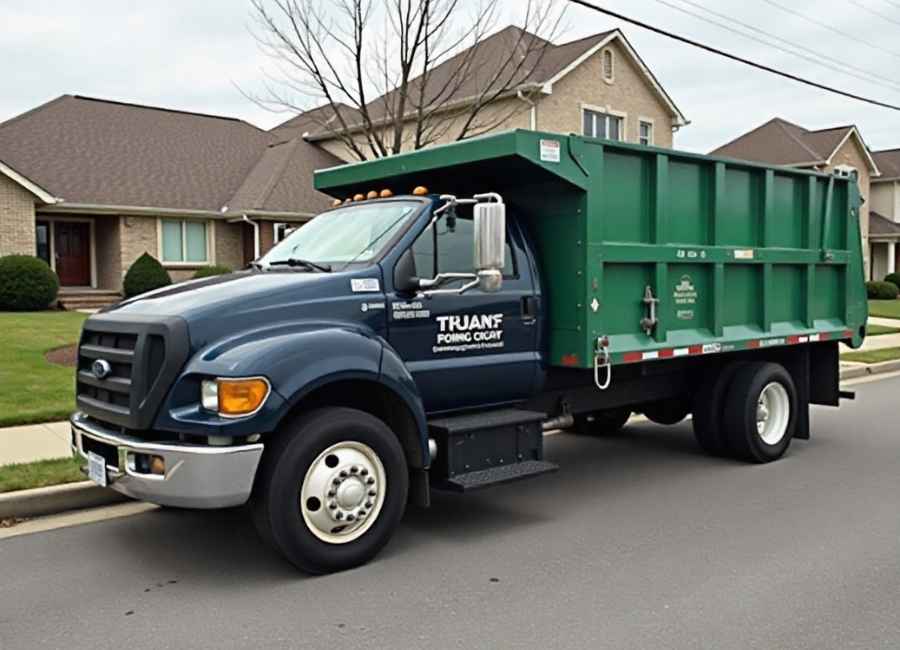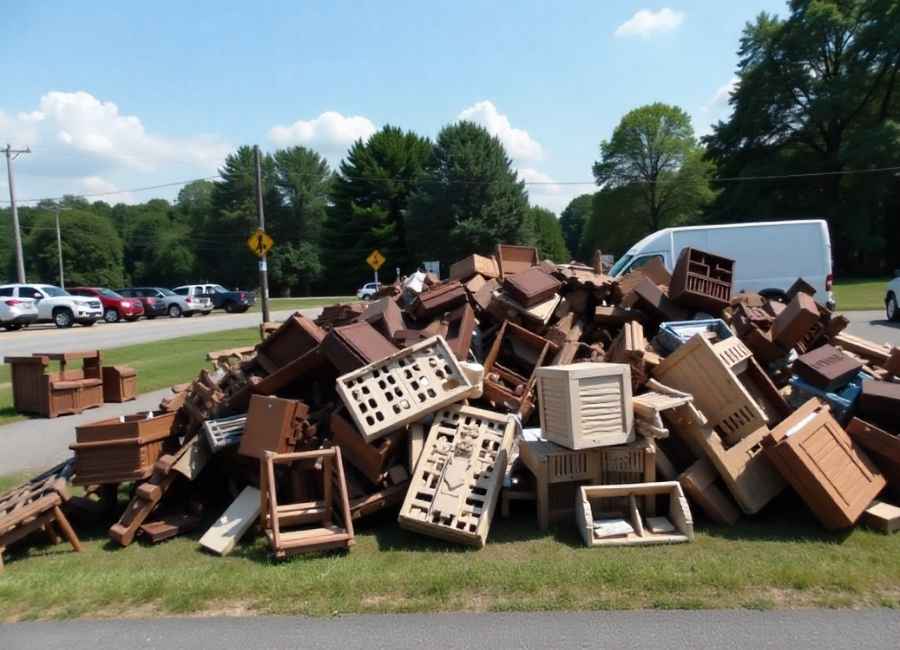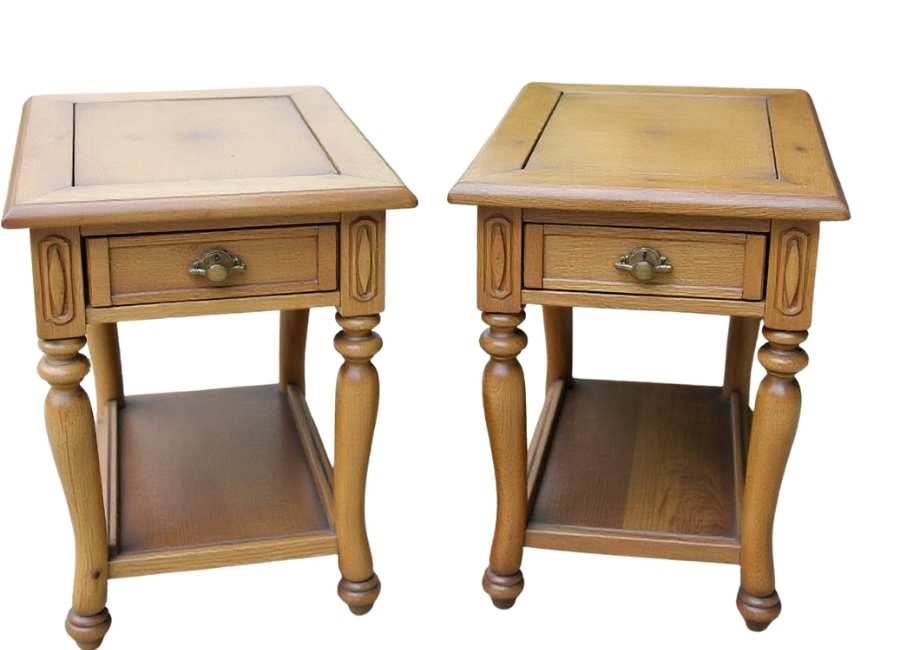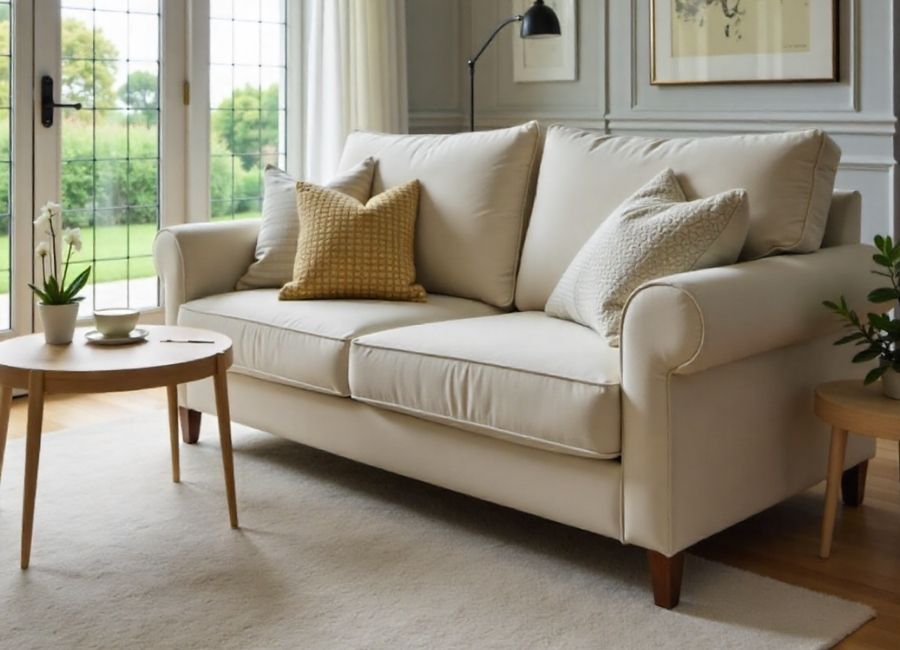Getting rid of old furniture can feel overwhelming. That bulky couch won’t fit in your regular trash bin, and you’re not sure where legitimate disposal sites are located. Whether you’re downsizing, redecorating, or dealing with damaged pieces, knowing your furniture disposal options saves time, money, and helps protect the environment.
This guide covers seven practical ways to dispose of old furniture responsibly, from donation centers to specialized pickup services. You’ll learn which option works best for different situations and how to prepare your items for removal.
Donate Furniture in Good Condition

Donating usable furniture benefits your community while keeping items out of landfills. Many organizations accept furniture donations and will even pick up large pieces from your home.
Popular donation destinations include:
- Goodwill and Salvation Army stores
- Habitat for Humanity ReStores
- Local homeless shelters and transitional housing programs
- Churches and community centers
- Furniture banks that serve families in need
Before donating, inspect items for significant damage, stains, or wear. Most organizations have quality standards and may reject heavily damaged pieces. Clean furniture thoroughly and check that all parts are included—missing hardware or cushions can make items unsuitable for donation.
Some donation centers offer free pickup services for large items. Call ahead to schedule a pickup time and confirm they accept your specific furniture type. This service typically requires a few days’ notice and may have geographic limitations.
Sell Furniture Online or Locally

Selling furniture lets you recoup some costs while finding new homes for your items. Online marketplaces have made this process easier than ever.
Online selling platforms:
- Facebook Marketplace reaches local buyers quickly.
- Craigslist offers a wide reach but requires safety precautions.
- OfferUp and Mercari provide user ratings and built-in messaging.
- Estate sale websites for higher-value pieces
Local selling options:
- Consignment shops handle the selling process for you.
- Antique dealers for vintage or collectible pieces
- Garage sales for multiple items at once
- Community bulletin boards and neighborhood groups
Price items competitively by researching similar pieces online. Take clear, well-lit photos from multiple angles and write honest descriptions, including measurements and any flaws. Be prepared to negotiate and have a plan for moving large pieces—many buyers expect sellers to help load items.
Use Municipal Bulk Waste Services

Most cities offer bulk waste pickup services for large items like furniture. This option provides legitimate disposal through your local waste management system.
Contact your city’s waste management department to learn about bulk pickup schedules and requirements. Some areas offer regular monthly pickup days, while others require scheduling individual appointments. Fees typically range from $25 to $100 per pickup, depending on the number and size of items. (Furniture Removal Cost in 2025 | Updated Pricing Guide, 2025)
Common bulk pickup requirements:
- Items must be placed curbside by a specific time.
- Certain materials may be prohibited (items containing Freon, hazardous materials)
- Weight or size limits per pickup
- Advanced registration or payment required
This service works well for damaged furniture that can’t be donated or sold. However, pickup schedules may not align with your timeline, especially during busy moving seasons.
Visit Local Dump Sites and Transfer Stations
Municipal dump sites and transfer stations accept furniture for disposal, usually for a fee based on weight or volume. These facilities ensure proper disposal and often have recycling programs for certain materials.
Call ahead to confirm they accept furniture and ask about pricing, hours, and any restrictions. Some facilities require proof of residency or only accept items from specific municipalities. Bring identification and be prepared to pay in cash.
Transfer stations typically charge by the pound or by load size. Small loads might cost $10-30, while larger amounts could reach $50-100. (Transfer Station Fees, n.d.) This option works well when you need immediate disposal and have transportation for your items.
Hire Professional Junk Removal Services

Professional junk removal companies handle everything from pickup to disposal, making them convenient for busy schedules or when you lack proper transportation.
Benefits of professional services:
- Complete pickup and disposal handling
- Ability to remove items from inside your home
- Often donate or recycle items when possible.
- Licensed and insured operations
- Same-day or next-day service availability
National chains like 1-800-GOT-JUNK, College Hunks Hauling Junk, and local companies offer this service. Pricing varies but typically ranges from $100 to $300 for furniture removal, depending on the number and size of items. (Furniture Removal Cost in 2025 | Updated Pricing Guide, 2025)
Get quotes from multiple companies and ask about their disposal methods. Reputable services will donate usable items and recycle materials when possible rather than sending everything to landfills.
Check Retailer Take-Back Programs
Some furniture retailers offer take-back or trade-in programs when you purchase new items. This option provides convenient disposal while supporting your new furniture purchase.
Retailers with furniture programs:
- IKEA accepts old furniture for recycling when you buy new pieces
- Some mattress retailers remove old mattresses when delivering new ones.
- Local furniture stores may offer trade-in credits.
- Appliance stores often remove old items when delivering replacements.
Ask about take-back options when shopping for new furniture. These programs may have restrictions on item types, conditions, or require additional fees. The convenience often justifies any costs, especially for large or heavy pieces.
Repurpose or Upcycle Furniture

Creative repurposing extends furniture life while reducing waste. This option works well for DIY enthusiasts or when items have sentimental value but no longer serve their original purpose.
Repurposing ideas:
- Convert dressers into bathroom vanities or media centers.
- Transform coffee tables into ottomans or storage benches.
- Use cabinet doors for wall art or garden projects.
- Repurpose drawers as shelving or planters.
- Convert bed frames into porch swings or garden trellises.
Even if you’re not crafty, someone else might be. Post furniture on community boards or social media groups specifically for upcycling and DIY projects. Crafters often seek raw materials and may collect items you’d otherwise throw away.
Choose the Best Option for Your Situation
The right disposal method depends on your furniture’s condition, your timeline, and available resources. Use this decision framework:
For furniture in good condition: Start with donation or selling options. These provide the most value while helping others.
For damaged furniture: Consider municipal pickup or professional removal services for quick, legitimate disposal.
For immediate removal: Professional junk removal services offer the fastest solution, though at a higher cost.
For multiple items: Bulk services or professional removal often provide better value than individual disposal methods.
For valuable pieces: Research selling options thoroughly or consult antique dealers for appraisals.
Remember to remove personal items from furniture before disposal and take photos of valuable pieces for insurance records. Plan ahead when possible—last-minute disposal often limits your options and increases costs.
By choosing appropriate disposal methods, you’ll clear your space responsibly while potentially benefiting others in your community. Whether donating, selling, or using professional services, you now have multiple pathways for handling old furniture effectively.











